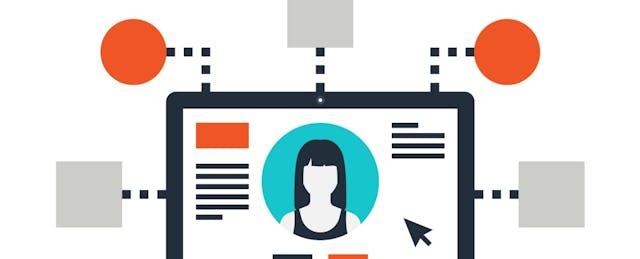The term “user experience” or “UX” wasn’t always an overused Silicon Valley buzzword. Coined in the mid ‘90s by Don Norman, while he was vice president of advanced technology at Apple, it refers to an abstract way to describe the relationship between a product and a human. Back then, Norman argued that technology must evolve to put user needs first—the opposite of how things were done at the time. It wasn’t until 2005 that UX gained mainstream relevance: 42 million iPods were sold that year and the mass market experienced great design at scale.
Not long after, run-of-the-mill software engineers—once in high demand—weren’t as competitive in the job market. Job descriptions and expectations shifted from putting information online to tailoring the online experience to the needs of end users. The field of User Experience Design was born. Today, it is among the country’s fastest growing job categories.
Instructional design is now approaching a similar transition. Most student consumers have yet to experience great learning design, but the commoditization of online learning is forcing colleges and universities to think differently about how they construct digital courses. Courseware is enabling the development of new modalities and pedagogical shifts. An abundance of data now enables instructional designers to decode learning patterns. As a result, we are witnessing the growth of a new field: Learner Experience Design.
Parse higher-education job postings and descriptions, and it’s evident that LX design is, as a discipline, among the fastest growing fields in education. But what exactly makes for great learning design, and how can instructional designers ensure they remain competitive in this new era of student-centric education?

Greater Than the Sum of Its (Many) Parts
Instructional designers, like web developers in the ‘90s, historically had expertise in conveying content through a limited set of tools and platforms, such as a learning management system (LMS). LX designers, in contrast, merge design-thinking principles with curriculum development and the application of emerging technologies to help faculty tailor content to student behaviors and preferences. It cuts across disciplines and moves beyond the LMS: LX designers embrace graphic design, multimedia production, research-based standards and social media. They are partners to faculty throughout the program and course development process.
Jessica Knott, learning design manager and applied researcher for Michigan State University, has begun studying the difference between old and new schools of instructional design: “User experience research methods and design thinking help us unpack the intangibles of the student experience,” she says. “There are many instructional design frameworks that inform the way content is delivered—and those are important—but LX pushes farther, making sure the student voice is integrated more purposefully by sharing the course development and iteration process with those for whom it is designed.”
The most successful LX designers today are delivering content that brings in outside influences to cultivate engagement. They use technology to foster connections to faculty, other students and real-world experiences that make online courses more meaningful to students. These specialized designers are building student choice into courses by giving students more control over their learning journey through the use of new forms of courseware and adaptive learning tools. Following a choose-your-own-adventure model, customized assignments and activities ask students to call upon their own experiences and judgments to complete the task. Of course, outcomes are aligned with a rubric for grading purposes, but this simple twist in delivery encourages students to be more creative and involved.
What’s Next?
The transition to digital content has made entirely new layers of student data available. Learners now leave a digital footprint that allows designers to understand how students are interacting with course materials and for how long. LX designers can develop course pathways that connect student challenges to specific sections of content. For the first time, faculty have insights into time on task—before, during and after class. Ready access to student behavior data is helping institutions develop powerful predictive analytics, and LX designers are leading the field to make more and better informed choices on content delivery to help students better understand the critical concepts.
The groundswell of data and learning technology shows no sign of slowing down, and a LX designer’s job will grow more complex alongside it. Learner experience designers must rise to the challenge, so universities can deliver online courses that captivate and resonate with each unique student.


